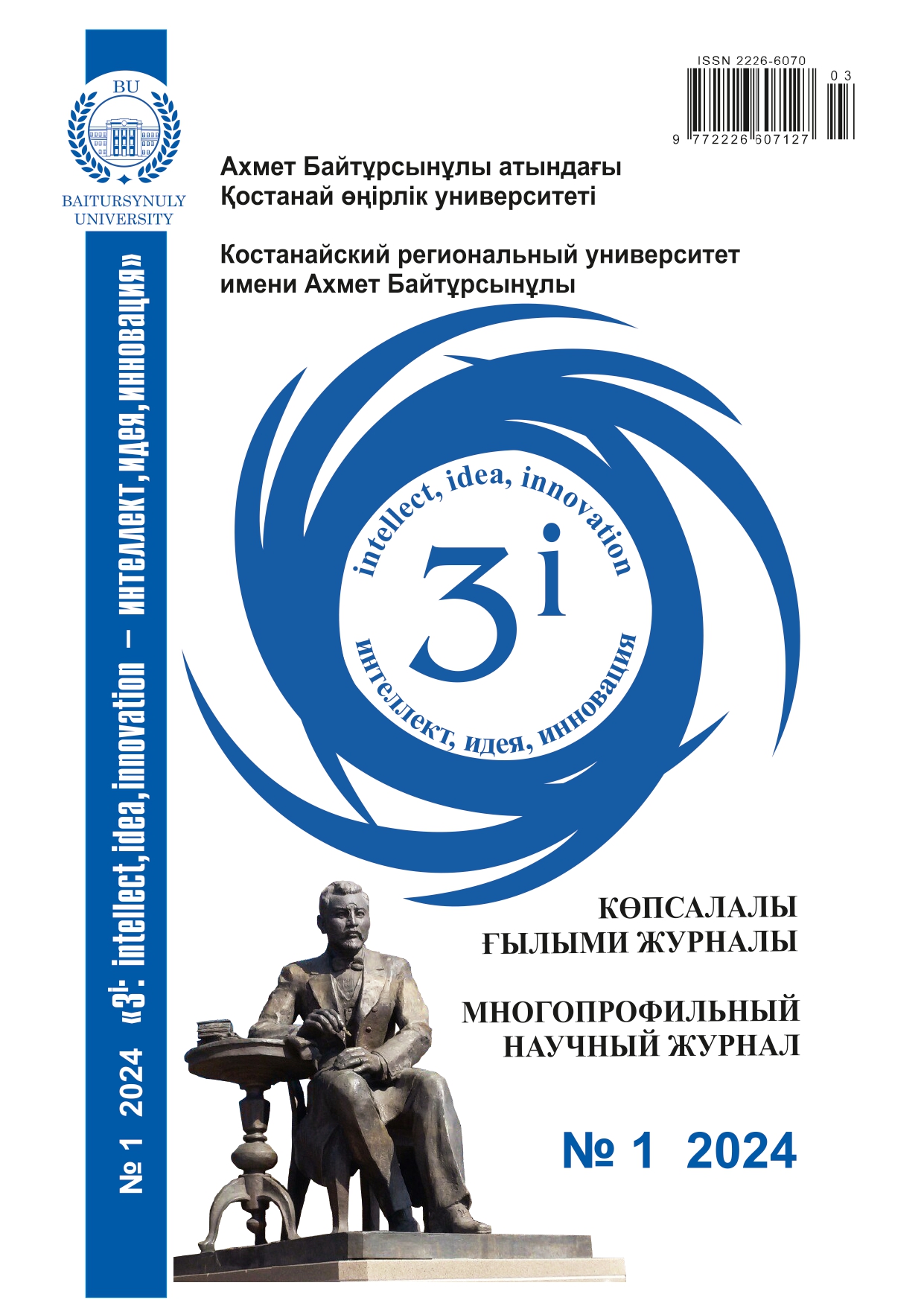ASSESSMENT OF THE GENETIC DIVERSITY OF THE KAZAKH NATIONAL DOG BREED TOBET IN THE SOUTHERN REGION OF KAZAKHSTAN
DOI:
https://doi.org/10.52269/22266070_2024_1_58Keywords:
Tobet, gene pool, microsatellite locus, inbreeding, genetic diversityAbstract
This article is the first to assess the status of the gene pool of the Kazakh national dog breed Tobet from the Southern region of the Republic of Kazakhstan using microsatellite analysis. Based on the determined allele frequencies of 19 microsatellite loci recommended by the International Society of Animal Genetics for dogs, the main indicators of genetic variability in the studied sample were determined and analysed in comparison with other dog breeds. The percentage of polymorphic loci was 100%, with 5-10 alleles per locus. The Hardy-Weinberg equilibrium analysis showed a deviation for two loci AHT137 and AHTh260. The mean number of alleles and the mean effective number of alleles were higher in Tobet dogs than in other molossoid dog breeds. The degree of PIC polymorphism was above 60% for all loci. The obtained value of the observed heterozygosity parameter indicates the presence of crossbreeding processes in the analyzed sample. In general, it has been shown that Tobet dogs in the Southern region of the Republic of Kazakhstan are characterized by a high level of the main parameters of genetic diversity and a low level of inbreeding. This study provides valuable data on the genetic structure of Kazakh Tobets, which is an important step towards understanding and preserving this unique breed.




